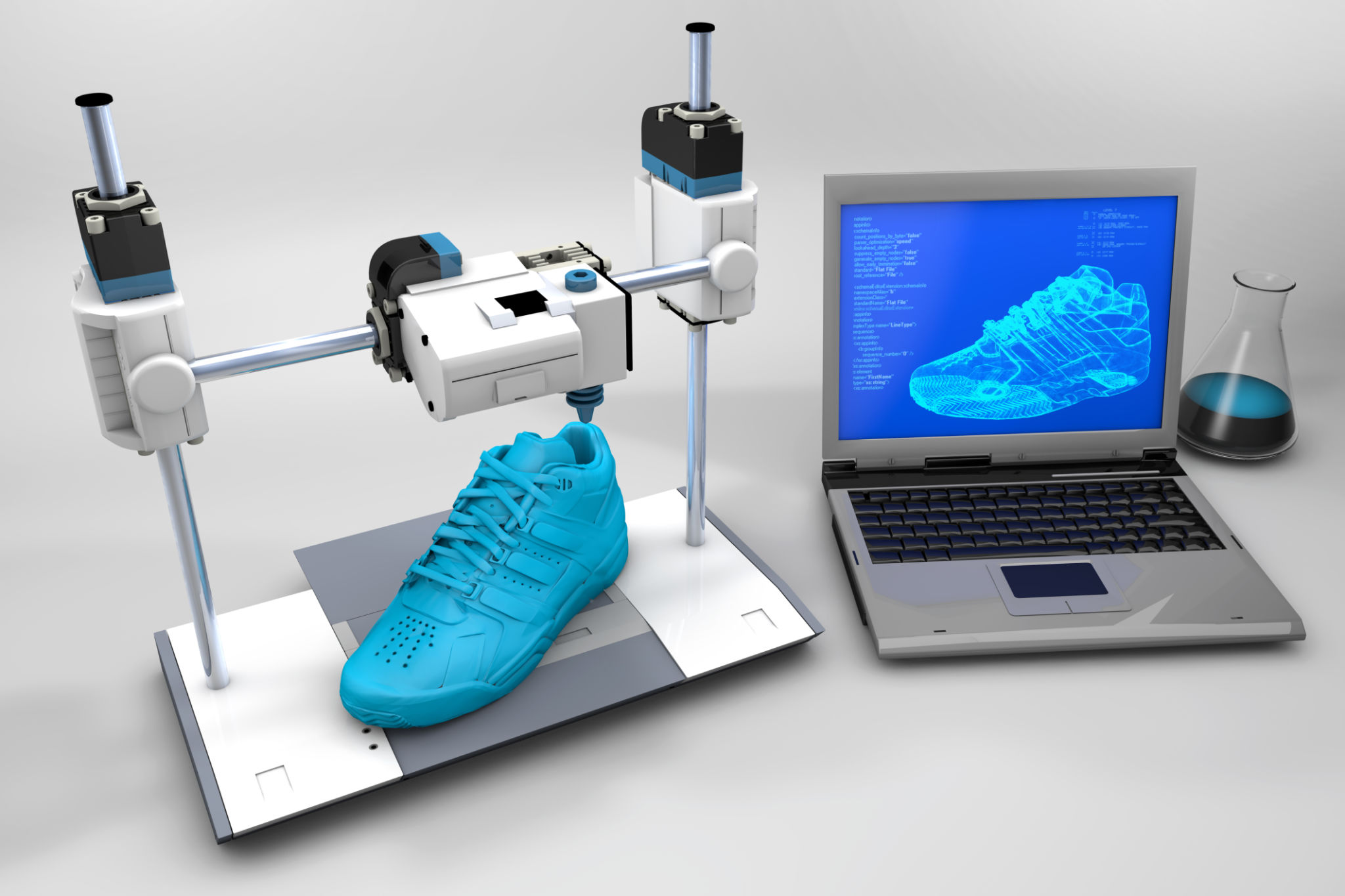A Guide to Sustainable Fashion: What Role Does Technology Play?
Understanding Sustainable Fashion
Sustainable fashion is more than just a trend; it's a movement towards a more ethical and environmentally friendly approach to clothing production and consumption. With the fashion industry being one of the most pollutive, there's a growing need to shift towards practices that minimize harm to the planet. This guide explores how technology is reshaping the landscape of sustainable fashion, making it more accessible and efficient.

The Role of Technology in Sustainable Fabric Production
Advanced technologies have paved the way for innovative fabric production methods. For instance, bio-fabrication involves using microorganisms to produce eco-friendly materials. Brands are also exploring recycled fibers, such as those made from plastic bottles, and biodegradable textiles that reduce waste. These technologies not only decrease environmental impact but also offer new textures and qualities for designers to work with.
3D Printing: Revolutionizing Fashion Design
3D printing is transforming how designers create and produce garments. This technology allows for the production of intricate designs with minimal waste, as materials are used precisely where needed. Additionally, 3D printing enables on-demand production, reducing the need for mass manufacturing and excess inventory.

Supply Chain Transparency with Blockchain
Blockchain technology is enhancing transparency within the fashion supply chain. By providing a secure and immutable ledger, blockchain allows consumers to trace the journey of a garment from production to sale. This transparency helps ensure ethical practices are upheld throughout the supply chain, fostering greater consumer trust in sustainable brands.
AI-Driven Fashion Forecasting
Artificial intelligence (AI) is a powerful tool for predicting trends and consumer preferences. By analyzing vast amounts of data, AI can help brands anticipate demand, reducing overproduction and waste. Furthermore, AI-driven design tools can assist in creating sustainable collections that align with consumer interests, optimizing resource use.

Virtual Fitting Rooms and Augmented Reality
Augmented reality (AR) and virtual fitting rooms are revolutionizing the shopping experience. By allowing customers to try on clothes virtually, these technologies reduce the likelihood of returns, which often lead to waste. They also provide consumers with a more personalized shopping experience, encouraging thoughtful purchasing decisions.
Challenges and Opportunities Ahead
While technology offers numerous benefits for sustainable fashion, challenges remain. The high cost of technology adoption and the need for skilled professionals can be barriers for smaller brands. However, as technology becomes more accessible, opportunities for widespread adoption increase, offering the potential for significant industry transformation.
In conclusion, technology plays a crucial role in advancing sustainable fashion. From innovative fabric production to AI-driven insights, these technologies are paving the way for a more ethical and environmentally conscious industry. As consumers become more aware of their impact, the demand for sustainable options will continue to grow, driving further innovation and change.
